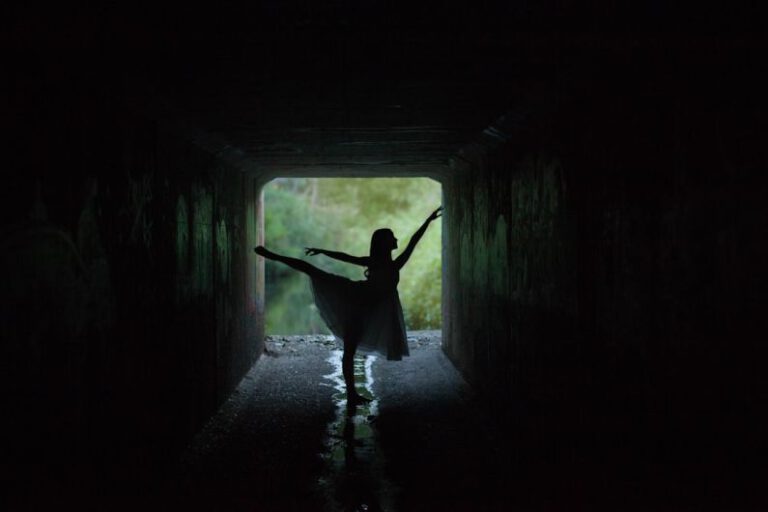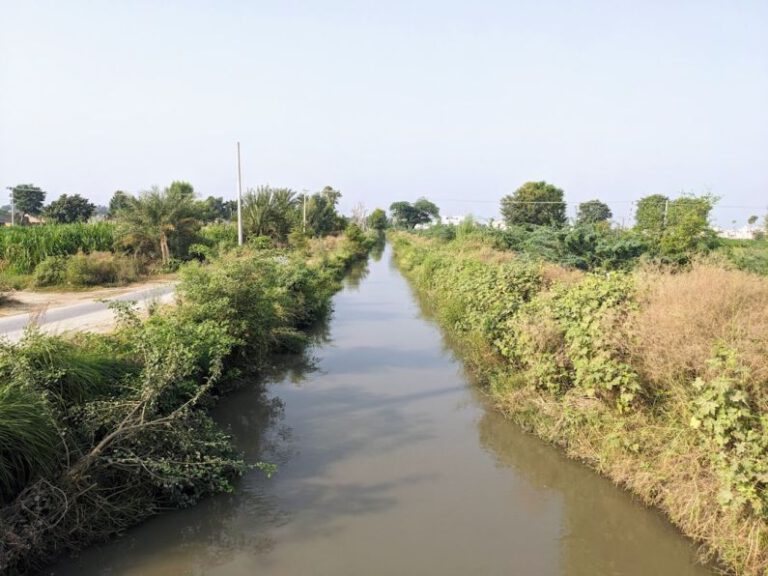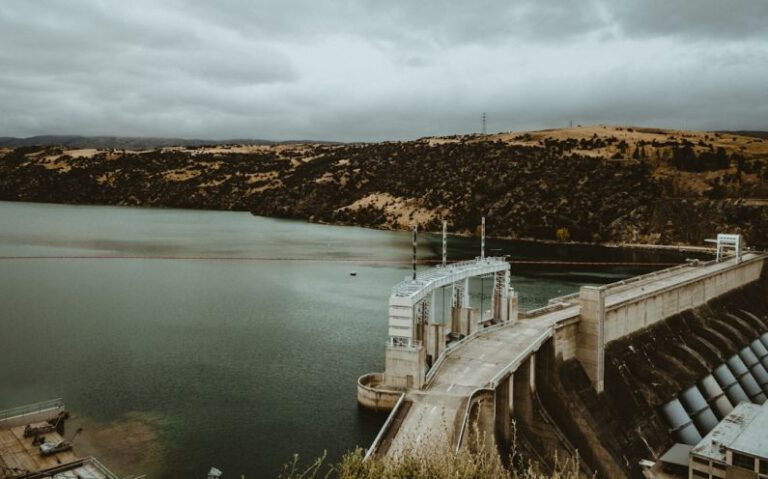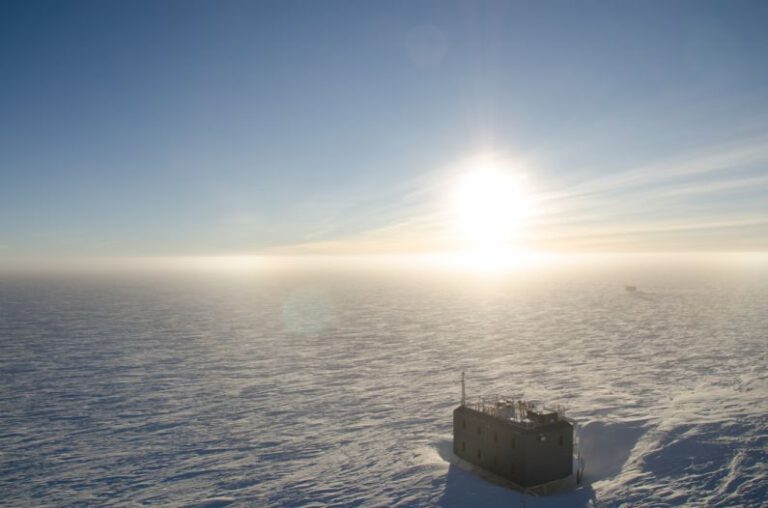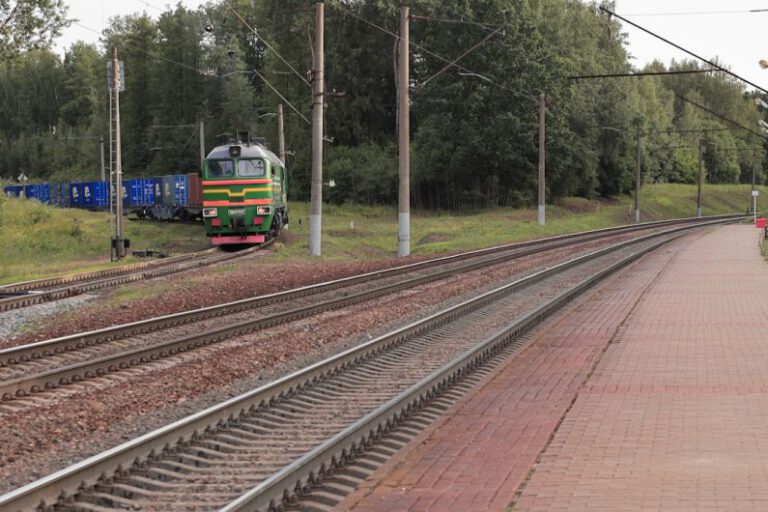Bridging the Gap: the Akashi Kaikyo Bridge’s Engineering Triumph
Standing tall and proud, the Akashi Kaikyo Bridge is a testament to human ingenuity and engineering excellence. Spanning the Akashi Strait in Japan, this architectural marvel serves as a crucial link between the bustling city of Kobe and the island of Awaji. With its impressive span and innovative design, the Akashi Kaikyo Bridge has earned its place as one of the world’s most iconic and awe-inspiring bridges.
Masterpiece of Engineering
The Akashi Kaikyo Bridge, also known as the Pearl Bridge, holds the distinction of being the longest central span of any suspension bridge in the world. Stretching a staggering 1,991 meters (6,532 feet) between its two main towers, this feat of engineering is a true masterpiece of modern construction. The bridge’s central span surpasses even the mighty Golden Gate Bridge in San Francisco, showcasing the innovative spirit and technical prowess of its designers and builders.
Innovative Design and Construction
The construction of the Akashi Kaikyo Bridge presented numerous challenges due to the strait’s unpredictable weather conditions, strong currents, and frequent seismic activity. To overcome these obstacles, engineers implemented cutting-edge design techniques and utilized advanced materials to ensure the bridge’s durability and stability.
One of the most impressive features of the Akashi Kaikyo Bridge is its use of pendulum bearings, which allow the structure to sway and flex in response to high winds and seismic forces. This innovative design element enhances the bridge’s resilience and helps to minimize the impact of external forces, ensuring the safety of vehicles and passengers traversing its expanse.
Another notable aspect of the bridge’s construction is its use of high-strength steel cables to support the roadway deck. These cables, made from thousands of individual strands of steel wire, are anchored to the bridge’s towers and provide essential structural support, enabling the bridge to carry heavy loads and withstand the forces of nature.
Iconic Landmark and Symbol of Progress
Since its completion in 1998, the Akashi Kaikyo Bridge has become a symbol of progress and innovation in Japan. The bridge’s elegant silhouette graces the skyline of Kobe, serving as a beacon of connectivity and unity for the region. Its distinctive design and impressive scale have captured the imagination of people around the world, drawing visitors and admirers from far and wide.
The Akashi Kaikyo Bridge has also played a vital role in facilitating transportation and commerce between the island of Awaji and the mainland. By providing a direct link between these two important regions, the bridge has helped to stimulate economic growth, improve access to essential services, and strengthen social ties within the community.
A Triumph of Collaboration and Vision
The construction of the Akashi Kaikyo Bridge was a monumental undertaking that required the combined efforts of engineers, architects, construction workers, and government officials. The project exemplifies the power of collaboration and teamwork, as individuals from diverse backgrounds and disciplines came together to achieve a common goal.
The success of the Akashi Kaikyo Bridge stands as a testament to human creativity, innovation, and perseverance. It serves as a reminder of what can be accomplished when we dare to dream big, push the boundaries of what is possible, and work together to overcome challenges.
In conclusion, the Akashi Kaikyo Bridge is more than just a physical structure—it is a symbol of human achievement and a lasting legacy of ingenuity and vision. As we marvel at its grandeur and elegance, let us also reflect on the spirit of collaboration and determination that made its construction possible. The Akashi Kaikyo Bridge stands as a shining example of what can be achieved when we bridge the gap between imagination and reality.


